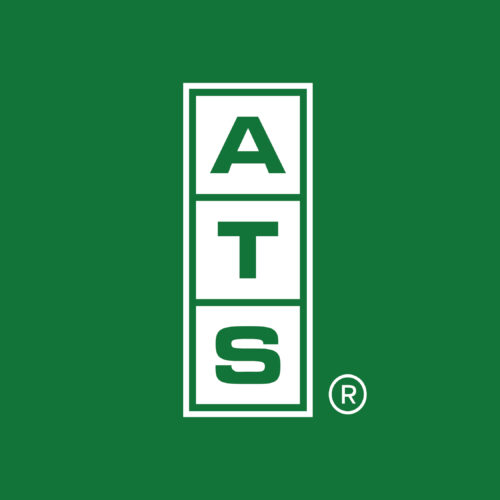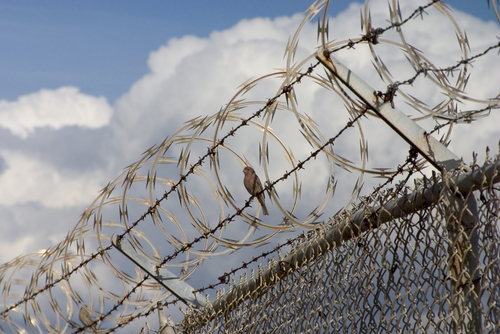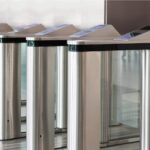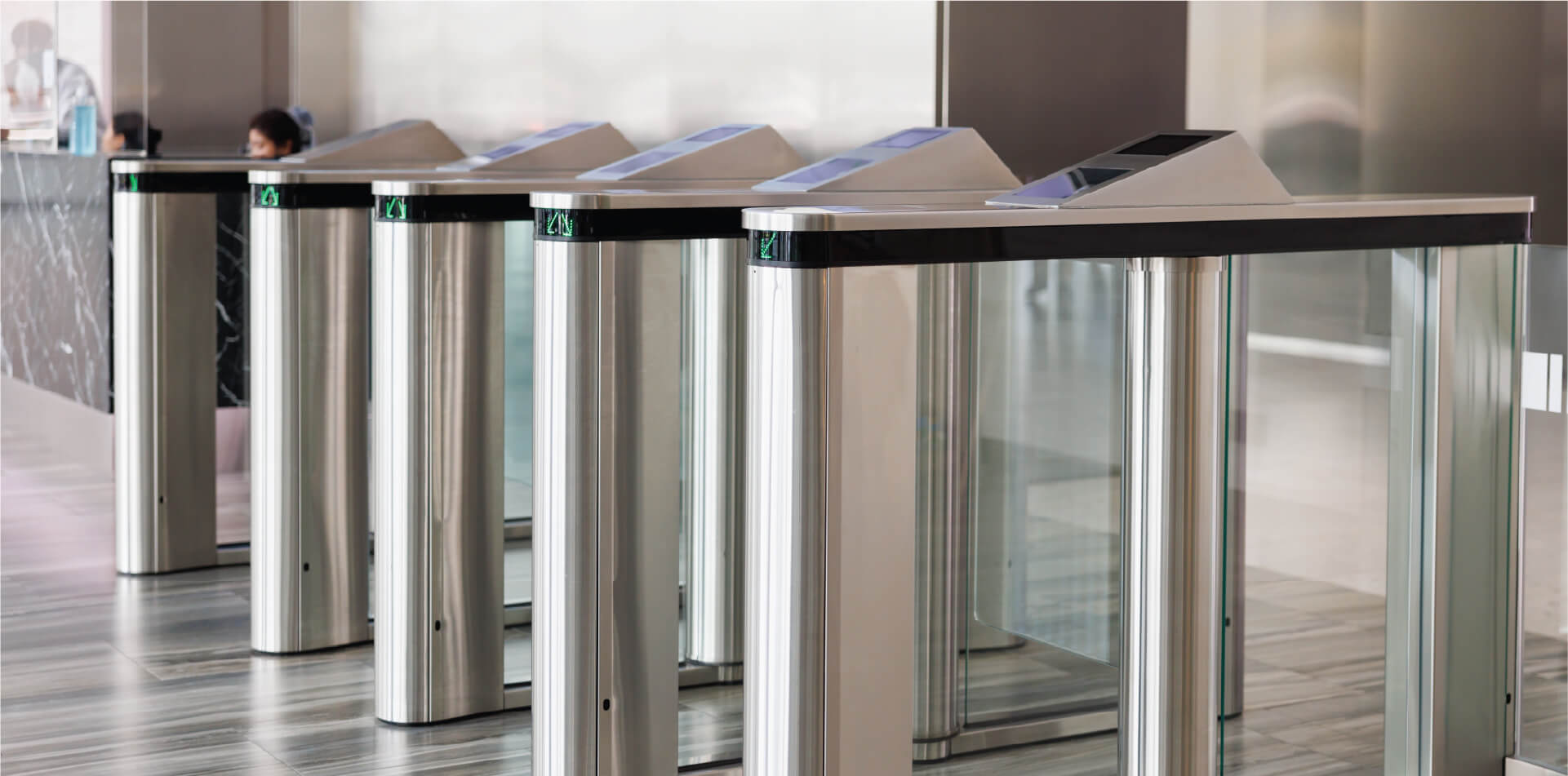May 27, 2020
——————————————————————————————————————————————
Technological innovation continues to alter the shape of a variety of markets, include the perimeter protection and intruder alarm markets. For years, these industries had operated with little innovation as they relied on simple alarm tripping and other older technological elements to catch intruders. The old systems may have effectively sounded an alarm of an intruder but if you were not home and your neighbor was not keeping a thoughtful eye on your location, how would you stop an intruder? An alarm can make a sound but if no one hears it, it is ineffective. Today’s systems are different as they have the ability to contact consumers directly (even if they are off-site) as well as the authorities, giving people every opportunity to keep their locations safe.
Innovation has allowed these systems to now incorporate sophisticated elements previously thought unattainable at an affordable level for this industry. Elements such as thermal technology, multiple sensor cameras, cameras working in connection with each other, radar, wireless technology, and remote control elements from simple smartphones have changed the consumer experience. Many of these sophisticated technologies have changed the overall possibilities for systems, however, the most effective changes have been simpler.
The technology which has seen the most credit for this growth has been the development of cloud technologies. A majority of new systems and customer requests for systems are focused on cloud devices. Convenience, easy management, greater connectively, streamlined security, and other elements have fueled this growth. People love to cord cut, and the cloud allows them to do so.
Paired with this, companies have begun to shift what they focus on. In the past they would often produce great products, but service quality was poor or non-existent. With companies focusing on entire highly budgeted business units entirely on service, the life experience of a product has increased.
Connectivity and wireless communications have supported these elements. People and companies are smarter, but so are the devices themselves, allowing the consumer a more hands-off approach while achieving a better security experience. Integration with current, past or parallel products has increased functionality and seamless connection to important outside elements such as law enforcement, fire detection, video systems, and others.
For years, the industry had remained stagnant, however, increased awareness of the population of sophisticated criminal techniques and the realistic reality that any of us can be a victim have pushed consumers more towards these consumer products.
Fortunately, new technology has supported these trends, increasing their effectiveness year over year drastically. Perimeter security elements support not only households but also commercial businesses and critical infrastructure points such as utilities, transportation, government locations, and defense establishments. A singular household up through an entire governmental agency or utility network all cannot afford to have their lives interrupted by criminal activity, as these losses can be drastic economically and personally.
Industry players are continuing to take an active role in offering innovative new solutions. These effective solutions have increased in quality elements such as video quality, sound quality, and physical responsiveness of each unit. Access has increased drastically as now consumers can access AND control entire security systems from a laptop or phone application. Supplementary items such as management software, application add ons, and third party supplementary equipment pieces allow companies and users to boost the effectiveness of their security. In parallel path to these innovations have been increasingly consumer-friendly goods. These elements are more and more affordable, increasingly reliant, and easier than ever to install.
Companies are becoming better at working with each other to allow for an effective end to end solutions for each consumer. Going forward, it will be interesting to see where the industry will go. For years, the industry held stagnant with no innovation, however, the past 5 years have seen a hockey stick curve in innovation. We expect this to continue. Sophisticated companies and investors who previously shunned the industry have come around to focus on its importance and possibilities. With advances in place and on pace for technologies such as sensors, radar detection, integration, lighting, and wireless elements all innovating at lightning pace, the consumer can expect amazing results.
An important influence that has been less discussed is the outside elements which have proven to be a large determining factor as to the ability for the industry to succeed and prosper within the rules it is given. In particular, the influential elements are legislation (mostly at the localized level) and insurance requirements.
Legislation still varies depending on location, but has for the most part “caught up with the times” and now allows for increased security measures that were previously considered unlawful due to outdated red tape.
In addition, insurance companies now see the value in these security systems in a way they had not in the past. As a result of this, they are often incentivizing their customers to take on these services by talking on the thinking of “what is good for you is not only good for me but good for us together.” Incentives have come through cost savings and other incentives. Just like health insurance companies now often give customers cost breaks for visiting their gym and other fitness locations, insurance companies are now doing the same for people and businesses which choose to incorporate security elements into their lives. They have taken years to assemble, calculate, and analyze statistics – which have led them to clear black and white conclusions that security systems save them money and boost their bottom line. Intrusion and security prevention systems have supporting statistics showing that they decrease the number of burglaries and other criminal activity through their presence alone – which decrease insurance claims, and thus insurance claim awards.
These same lines of thinking go for commercial locations although the top security systems see much more sophisticated technologies. In large infrastructure-heavy locations and mission-critical sites, you may not see them, but there are often complex sensor technologies, infrared systems, acoustic sensors, and other security elements ensuring that even the beginning of a criminal approach will be caught, recorded, safeguarded, and alerted long before a criminal has an opportunity to steal or cause damage and flee the site. These modern technologies can cover large areas with hidden equipment.
Growth in the industry has not been restricted to the United States as intrusion detection systems are projected to grow 15% from 2020 to 2024. The same major demand drivers of video surveillance, wireless technology, and cloud technologies permitting remote access have driven this projected growth.













